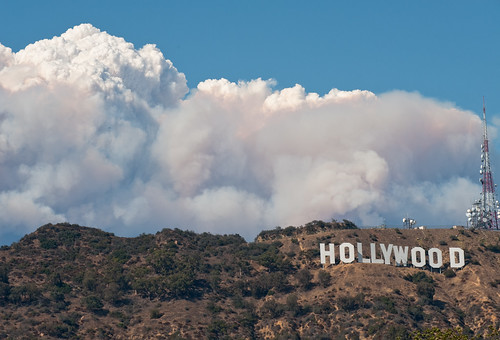The arugula left has been up in arms about Whole Foods CEO John Mackey’s recent opinion piece in the Wall Street Journal stating that simply eating right would avoid the need for health care reform. The column resulted in a grassroots call to boycott the nationwide chain of health food stores.
Knowing your audience is key, Patchwork Nation director Dante Chinni notes. He looked at the effect of the grassroots campaign on the typically affluent areas where Whole Foods puts its stores.
“As CEO, Mackey must be aware of his customer’s political leanings. But a look at where Whole Foods markets are located in Patchwork Nation might have done more to convince him that sometimes discretion is the better part of healthcare opinionating.
The wealthy and educated “Monied ’Burb” communities have by far the most Whole Foods in them – 101 to be precise. That’s hardly surprising, considering the chain’s high prices (which lead some people to call the store “Whole Paycheck”).”
While areas that are more to the right have fewer Whole Foods stores, these neighborhoods have started staging ‘buycotts’ in response to the boycott.
“It may seem odd for people to buy organic produce as a way of protesting against current healthcare-reform plans. But is there a place the “buycott” might have especially long legs? Yes, the growing and diversifying “Boom Towns.”
Play audio interview: Dante Chinni talks about the Whole Foods Nation
The boycott/buycott has sparked a huge amount of press. This Los Angeles Times opinion piece by Michael Hiltzik looks at the concept of boycotts and whether they further the political discourse.
“But a wider discussion of healthcare reform, devoid of the misrepresentations and irrelevancies for which Mackey’s article has been properly criticized, is exactly what’s needed in this country,” Hiltzik writes.
Michael Pollan, food historian and author of The Omnivore’s Dilemma, responded to the debate, saying he’d still patronize the Austin-based chain:
“I haven’t examined the political views of all the retailers who feed me, but I can imagine having a lot of eating problems if I make them a litmus test.”
And an article in GOOD Magazine entitled “Boycott the Whole Foods Boycott”, notes:
“Whole Foods has built itself on image and its “pander[ing] to… customers’ political prejudges” and Mackey should have been more careful with his brand. But the boycott movement feels like a distracting sideshow in the debate over the U.S. health care system.”
By garnering attention, can a boycott and resulting ‘buycott’ create a more informed discussion issues, or is it all just noise?

